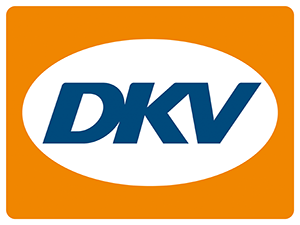Transportation in transition: solutions for electric transport
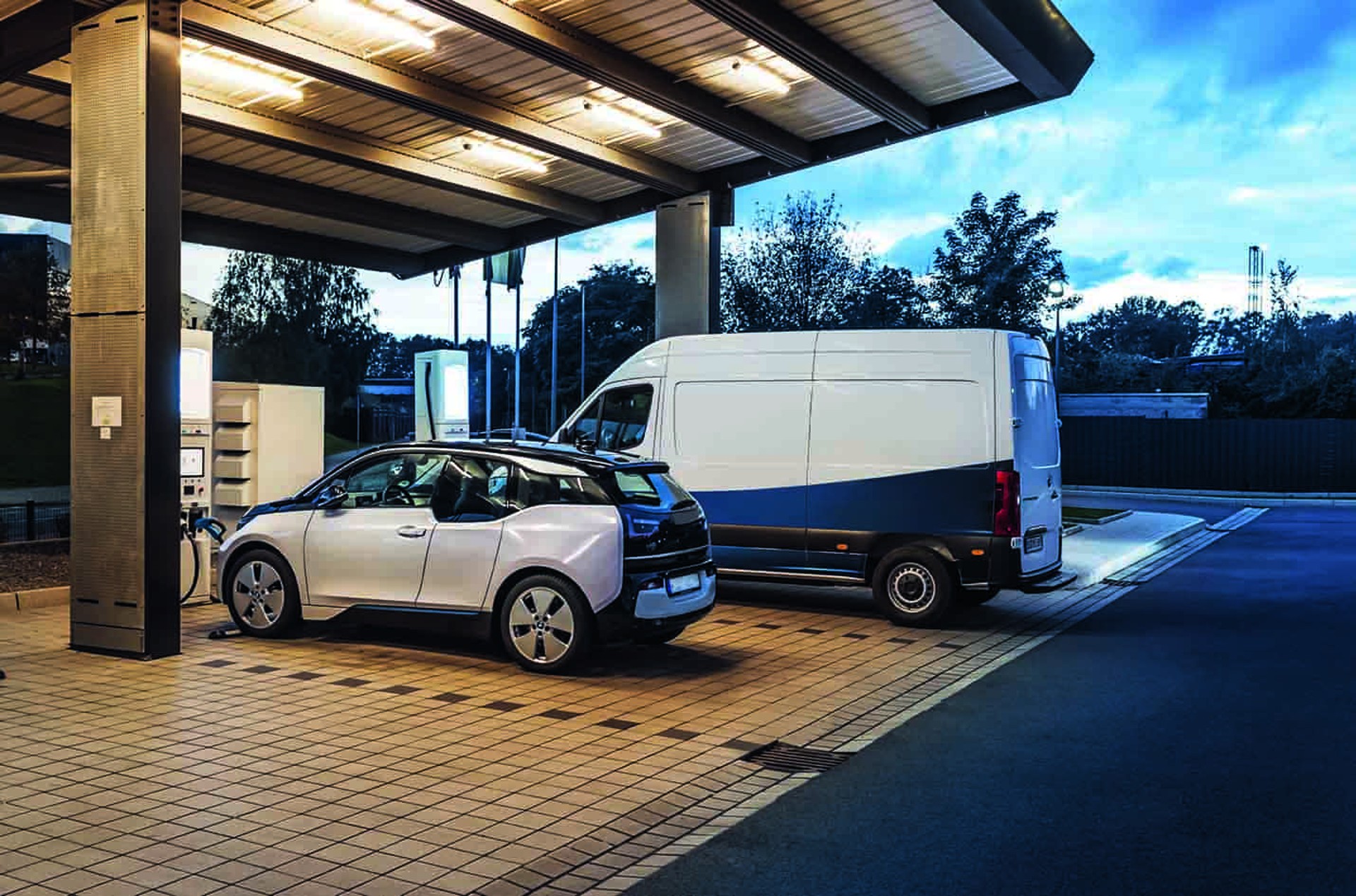
The Netherlands is becoming more sustainable. Under the banner of Environmental, Social & Governance (ESG) goals, companies are increasingly doing their best to make their organizations as "clean" as possible. This also applies to the purchase of an electric fleet: electric vehicles are increasingly part of what companies can do about CO2 emissions. Transport is therefore in transition: the electric car made its appearance and can no longer be thought away from the gasoline and diesel engines in cars of working people in the Netherlands.
But not every company is yet ready for an electric future. What do organizations need to know about facilitating electric transport? How do they ensure that charging is possible at home and at work? And what options are there, when it comes to enabling charging on the go?
An industry on the rise
While a future with only electric trucks seems a long way off, the rise of electric cars and vans is unstoppable. From January through mid-August 2022, one in five (20.3 percent) of newly sold cars were fully electric, according to the Netherlands Enterprise Agency (RVO). 11.8 percent were plug-in hybrid cars: nearly a third of all cars sold are therefore at least partly electric. In the same period last year, the figure was just over a fifth (21.7 percent).
The RVO says that in three years, half of the cars sold will have a plug. That's about the entire Dutch car fleet. Since cars in the business submarket remain in ownership for a shorter period of time than in the private (3.6 years versus 11.2 years), renewal of the business fleet is not long in coming. It is therefore a matter of years, rather than decades, before the majority of business cars drive electric. Fortunately, the Dutch government is doing its part to facilitate and encourage electric driving.
Governmental support
The Dutch government is doing all it can to make electric driving attractive to both individuals and business drivers. The state freed up almost 100 million euros in 2022 to subsidize and encourage the ownership, purchase or lease of a new electric car or occasion. For the business market, there are additional schemes that make electric driving attractive.
For example, fully electric cars pay no road tax. These cars are also exempt from "tax on passenger cars and motorcycles" (the well-known bpm). For hybrids that emit less than 50 grams of CO2 per kilometer, you pay only half the road tax. The additional tax rate is also still attractive for the time being: those who bought or leased a new electric car in 2022 benefit from the low additional tax rate, the cost of using a leased car for private purposes, for another five years.
A final push, on behalf of the government, comes in the form of the SEBA: the Emission-Free Company Cars Subsidy Scheme. Company cars that meet certain conditions are eligible for this subsidy, for which the government set aside more than 20 million euros by 2022.
Emission-free zones
From January 1, 2025, new trucks and vans still running on fossil fuels will no longer be allowed to enter certain zones of the Netherlands' largest cities. From then on, dozens of cities will have so-called "zero emission zones": areas where only new cars with zero CO2 emissions are allowed to drive. Entrepreneurs should therefore prepare now for the coming measures. From 2030 the rules will be even stricter: then it won't even matter which year your car comes from. Emissions will then no longer be welcome in Dutch city centers.
This is all described in the climate agreement: the plan that helps the Netherlands (and Europe) towards a more sustainable future. If you want to know what the emission-free zones look like in practice, just look at Belgium. There, some cars are already no longer welcome in the center of Ghent, Antwerp or Brussels.
So the government offers subsidies that encourage electric transport, and legislation that is more coercive. Yet the driver and his employer also have a big role to play. Here's what they need to know about electric charging at home, at work and on the road.
@Home: Maximum flexibility
In the annual "National Charging Survey," the RFO concludes that "the EV driver is a home charger". In fact, two-thirds of EV drivers have a wallbox.This makes it a very important part of electric driving.
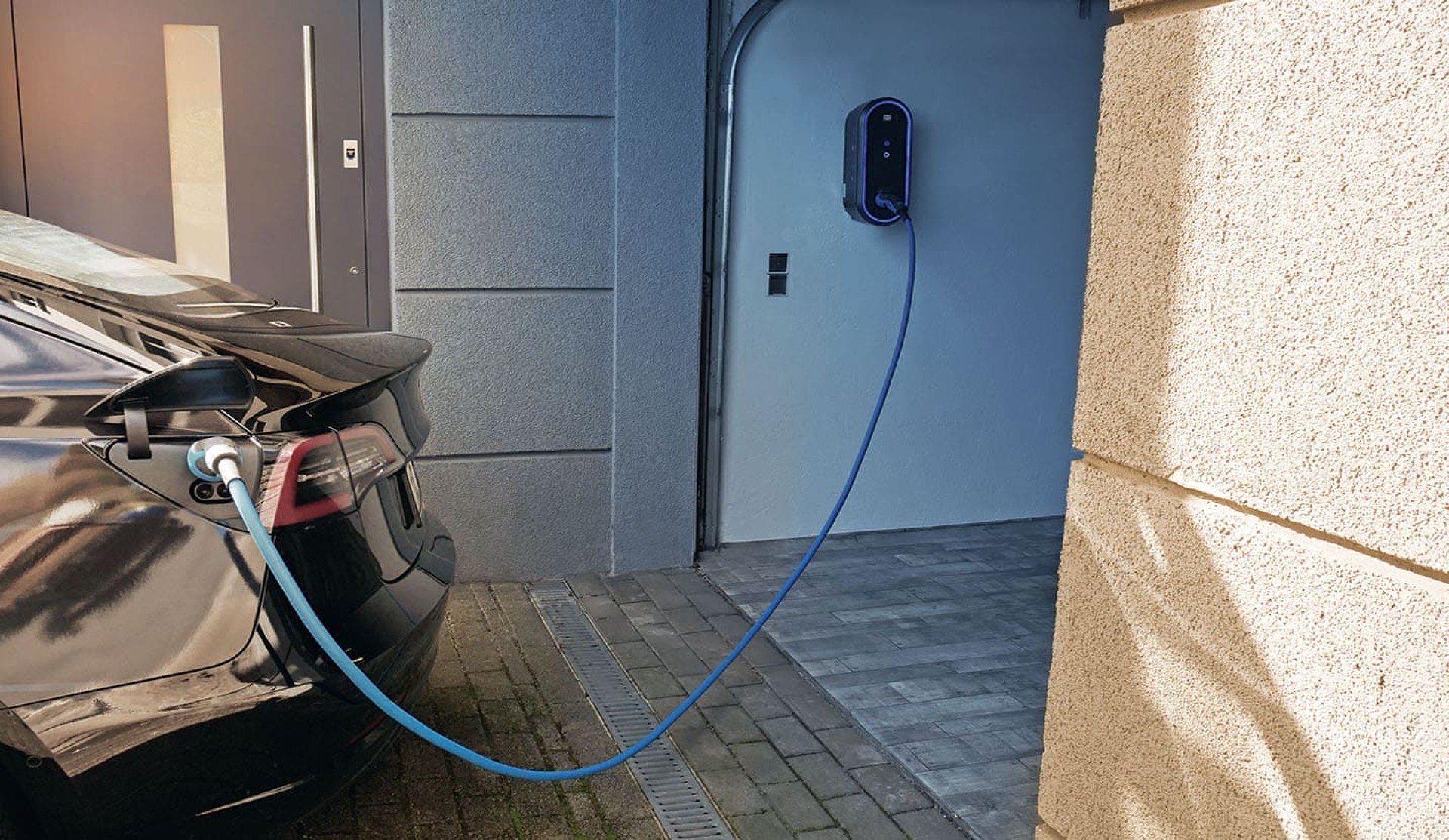
The home charge point is also suitable for business drivers. Employers can facilitate a wallbox for those who have their own driveway and/or garage with space for a charge point. These solutions are usually suitable for 1-to-1 settlement of the home-charged electricity with the business charge card. This way, people can also simply charge the business car at home. For people who do not have the option of an "own" charge point, for example because they live in an apartment, there are still options for charging. They can apply directly via laadpaal.nl (depending on the municipality) to install a charge point in their neighborhood.
The Netherlands now has an estimated 270,000 private charge points. Add to that the more than 100,000 public ones, and it makes sense that range anxiety should never really have to occur again.
The great range anxiety
The fear of driving your electric car with an empty battery to the side of the road is called "range anxiety. "This dates back to the days when electric cars did not have a large battery to drive far," says Bas Bullens, Sales Manager 'eMobility' at DKV Mobility. "Most electric cars not so long ago had a range of, say, a maximum of 150 kilometers and in winter even less. Then it happened more often, that if you missed a charge point, you were screwed." With the increased ranges, that fear should be a thing of the past, he says. "You can easily drive over 300, sometimes 400 kilometers with an electric car now without having to recharge." Another factor is that the number of charge points has increased explosively in recent years. "Here in the Netherlands you can charge anywhere. The further south or east you go in Europe, the more difficult it can be to find a charge station. But even there, more and more charge points are being added."

@Work: Timeline for future regulations
Electric charging has an advantage that filling up with diesel or gasoline does not have: it is much less site-specific. In addition to the majority of electric drivers having a charge point at home, there are also many people (38%) who charge regularly at work. They plug in their car, work for eight hours and return home with a full battery. They never have to wait at a gas station along the highway.
Organizations install the charge stations partly because of hospitality: it's a nice calling card if, as an office building, you make electric charging possible for your guests and employees. But it is also partly a push from the government. Soon companies will have to make electric charging possible for everyone who parks at their premises. That timeline looks like this:
March 2020: The "clean energy for all Europeans" package requires companies to install electric charge points: parking spaces with at least ten spots must be equipped with a charging point when they are newly built or renovated. In addition, infra must be in place that allows construction for one in five parking spaces.
January 2025: Existing utility buildings with more than twenty parking spaces must be equipped with at least one charge point.
Businesses would be smart to invest in charging points as soon as possible. Not only because it is welcoming and ultimately mandatory - there are subsidies available. Organizations looking into them should look up the Environmental Investment Allowance (EIA) and Random Depreciation of Environmental Investments (VAMIL) schemes. Both schemes allow for depreciation of tens of percent of investment costs. Another consideration for businesses may be that charge stations pay back quickly. In fact, owners of charge stations can, within certain limits, determine their own rates for use of the stations.
@Road: Growing in numbers and speed
There are more than 100,000 publicly accessible charge points in the Netherlands, more than 60,000 of which are even available 24 hours a day. The Netherlands is a charging pole country where electric drivers do not have to worry about the availability of a regular or fast charge point.
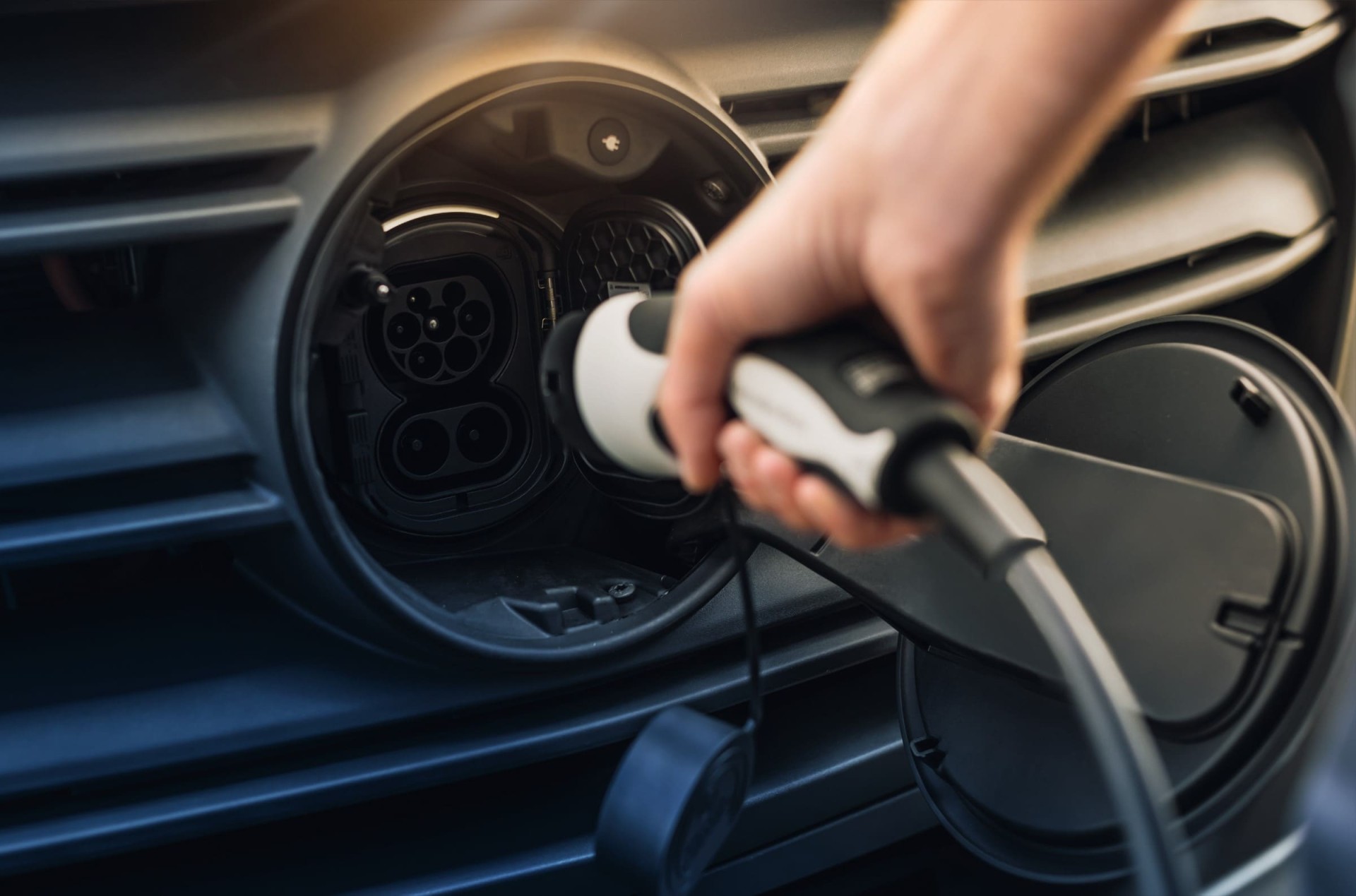
That amount of charge points makes the Netherlands the leader in Europe. By comparison, neighboring Germany (some 60,000 public charge points) is second by a suitable distance. Together, the Netherlands and Germany count almost half of all European charge points.
Employers can therefore send their employees on their way in an electric car with peace of mind: charging is possible everywhere in the Netherlands. They just have to remember that one charge point is not the other, and that charging can also be done in different ways (and at different rates...). As an employer, you naturally want your colleagues to charge as cheaply as possible and keep as much overview as possible. So for them, it's good to know that tech can help them do that. The charging pass provider often has a smart app available that shows exactly where employees can charge, and where they get the best rates.
Every pass works differently
One charging pass is not like the other. Anyone looking into different charging solution providers will see that (starting) rates or subscription fees vary quite a bit. This has to do with the method of payment when charging itself.
First of all, there are charge cards that charge the charging pole rate one-to-one. This can be in subscription form, or with a "free" pass where you often pay an additional starting rate. The advantage is that you pay the actual cost of the charge point. The disadvantage is that the tariffs of charge stations are poorly understood and therefore you have no grip on (high) charging costs. Fleet managers can have limited control over charging locations due to a lack of visibility, and therefore face high charging costs.
There are also charge cards that have a fixed kWh rate per type of charging station (normal or fast charging). These also usually come in monthly subscription form. These fixed tariffs prevent surprises, which is an advantage, but they also prevent you as a fleet manager from steering for cheaper charging locations.
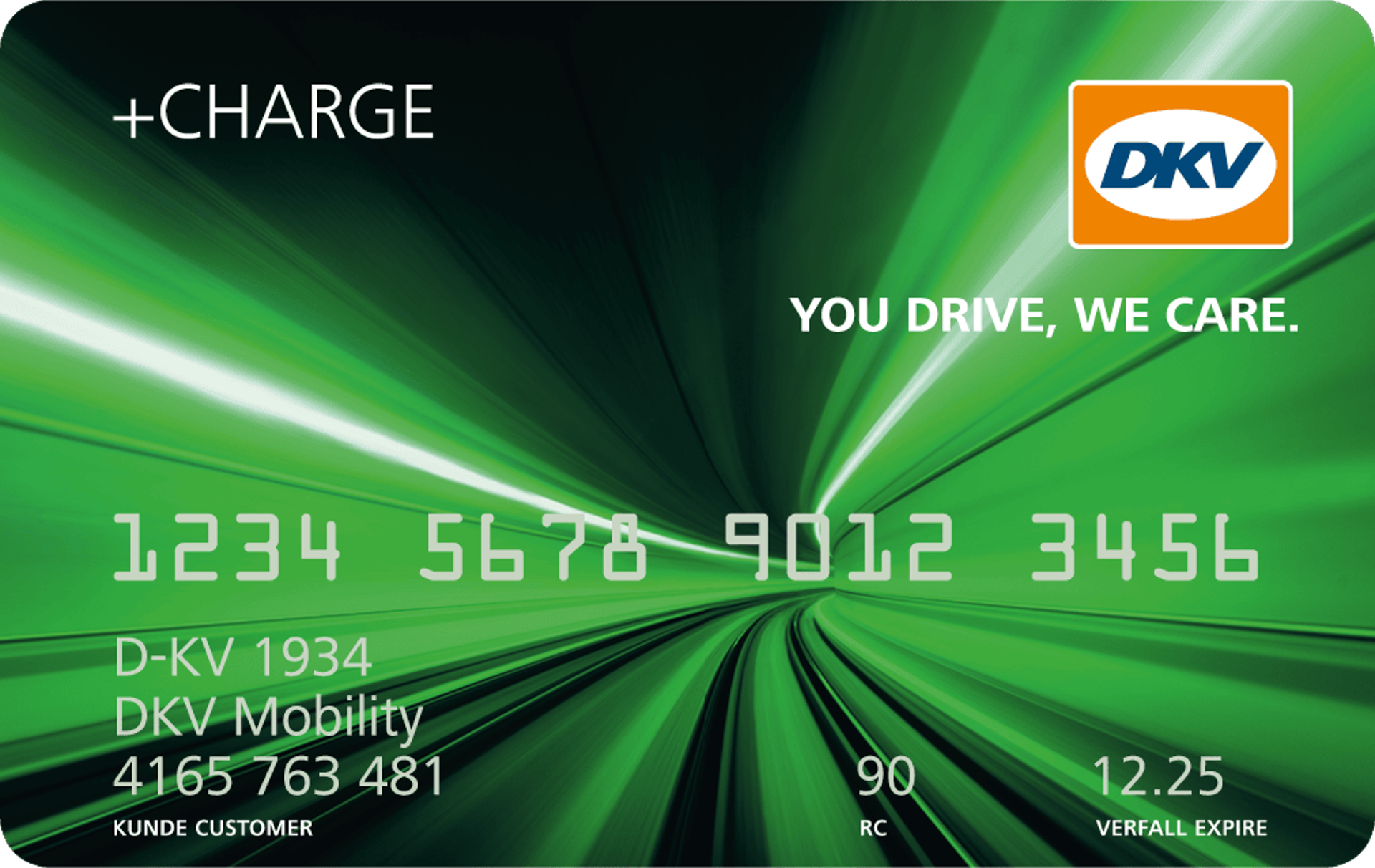
Finally, there are charge cards with a fixed rate per charge station provider, with a difference between AC and DC charging. This also eliminates unexpected charging costs, the rates per provider are often competitive and the driver retains freedom of choice. So fleet managers can also direct their colleagues to use advantageous networks: very interesting when volumes on kWh increase. Organizations also usually purchase this charge card in subscriptions.
Customized solution
Vehicle fleet sustainability is a big, time-consuming job for many organizations. They have to facilitate charging at home, at work and on the road and therefore lose track of what is going on. For them, the advice is: talk to an advisor. They can help determine priorities, assess opportunities and see what the road to sustainability looks like for that organization. There is an accessible solution for every need.
Used percentages
All figures and percentages mentioned in this article are from the RFO's National Charging Survey, available at https://www.rvo.nl/sites/default/files/2022-09/Nationaal-laadonderzoek-2022.pdf.
